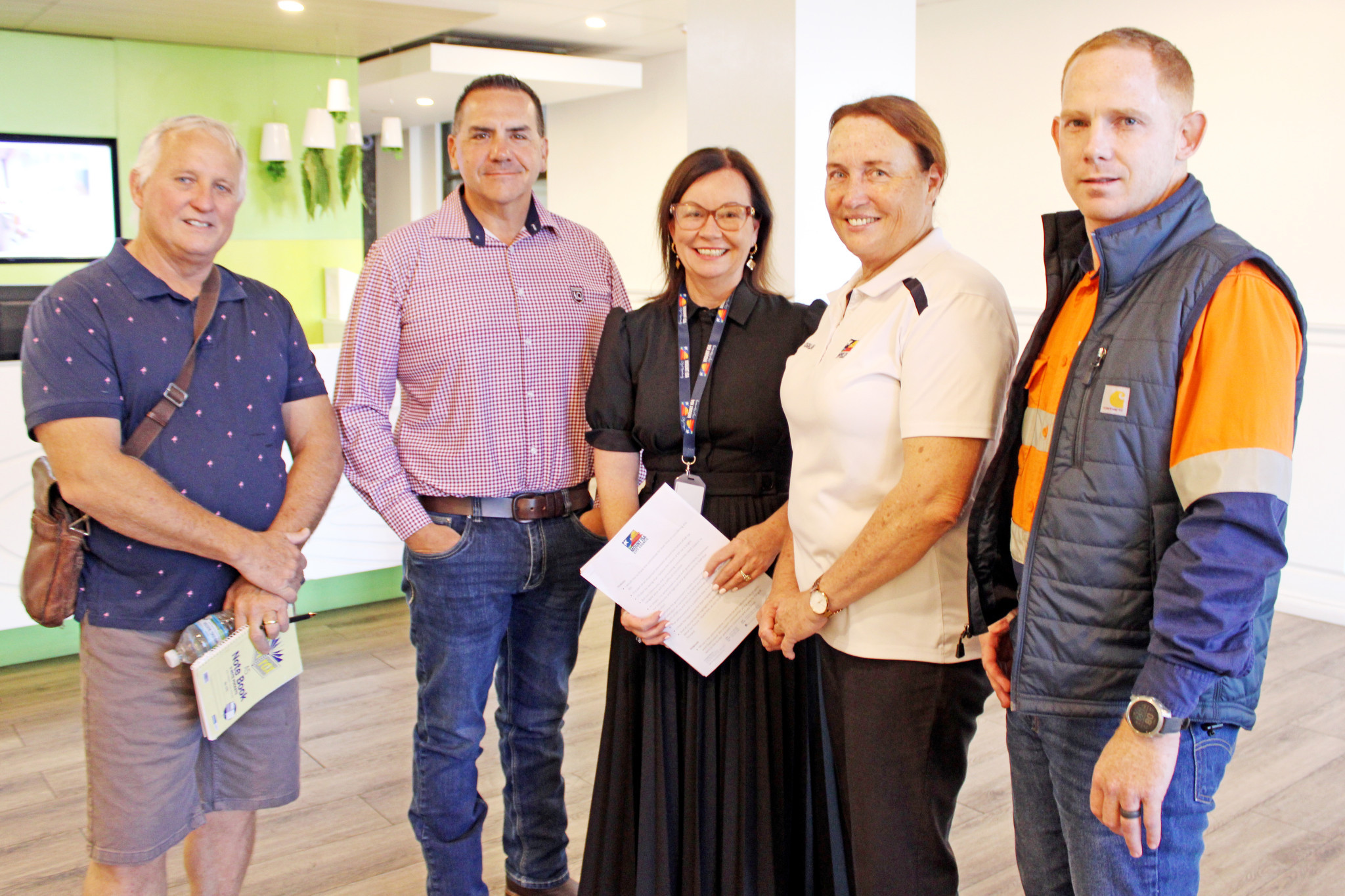Business
28 August, 2024
Mount Isa council sets its sights on acid plant for city
The council wants to diversify the city's economy.

Mount Isa mayor Peta MacRae says thousands of jobs and major resource projects are at risk unless government supports the enabling infrastructure required to deliver its critical minerals province policy ambitions.
Cr MacRae has singled out the supply of sulphuric acid, which is a requirement for much of the mining operations across the North West, yet is forecast to face major global shortages in the coming years.
As part of its economic diversification strategy, Cr MacRae said Mount Isa City Council would soon commence lobbying efforts for the construction of a pyrite roaster plant, which produces sulphuric acid, to offset any disruptions to the local supply of acid if Glencore closes its copper smelter, as it has said may occur in 2030.
Almost half of the statewide demand for sulphuric acid is currently met through the Mount Isa Mines copper smelter, which produces the acid as a by-product of its operations.
While it is well publicised that Glencore’s copper operations and copper concentrator will close in July 2025, the company has similarly foretold, as recently as at its community forum last month, that it expects its copper smelter to operate only until 2030.
Any potential closure of the smelter would cause significant disruptions to the supply of sulphuric acid at a time when demand for sulphuric acid is expected to surge with a host of new projects, which are reliant on the acid, are scheduled to become operational across the North West over the coming decade.
With the supply of sulphuric acid a major factor in global food production, as it is a central ingredient in the creation of fertilizer, there is expected to be significant international competition for the acid as countries boost both food production and critical mineral extraction.
Speaking to the Australian Financial Review last month, Lynas Rare Earth managing director Amanda Lacaze said governments needed to contribute funds to ensure there was infrastructure in place to supply sulphuric acid.
“It’s one thing to have a policy that says we want to have a critical minerals industry. It is another to put the enabling infrastructure in place for that to let us be successful,” Ms Lacaze said.
Cr MacRae said there were at least 3500 jobs across the North West that were currently reliant on a reliable supply of sulphuric acid to underpin resource activities.
She said any disruption to the supply chain would have dire impacts on the future development of the North West as well as the wider state and national economies, which rely on royalties from major projects in our region and fertiliser to produce food.
As the council releases its long-awaited transition strategy to steer the economy after the underground copper mine closures, Cr MacRae said consideration must be given to how any future cessation of activities, such as at the smelter, would feed into the wider supply chain requirements of the local sector.
“Our early learning through this program of work has shown the importance of Mount Isa to the State’s economy and some of the critical links between Mount Isa, Brisbane and Townsville,” she told a jobs forum earlier this month.
“Mount Isa Mines has a significant stockpile of pyrite along with some of the biggest underground deposits, making Mount Isa the logical place to build a pyrite roaster. This project and others will form a large part of our jobs focus over the coming months.
“We need to make sure the state and federal governments are aware that if we don’t solve the acid shortage problem there is going to be a lot more than 1200 job losses in the region.
“We already have the infrastructure, we have skilled workers, we have the housing and we have the environmental monitoring in place – but we need an acid plant here.”